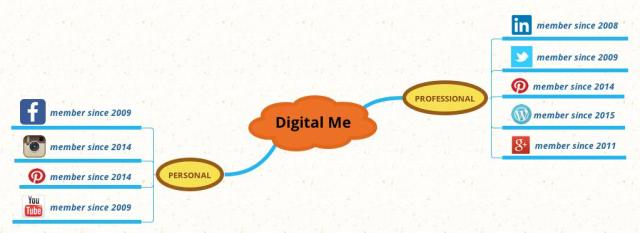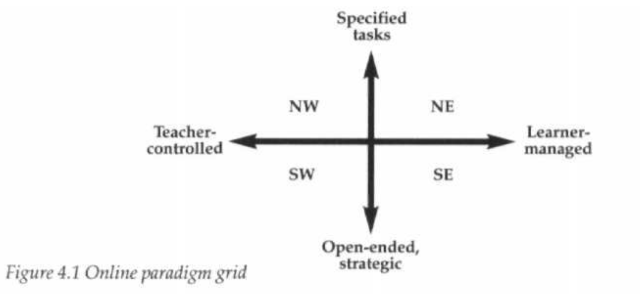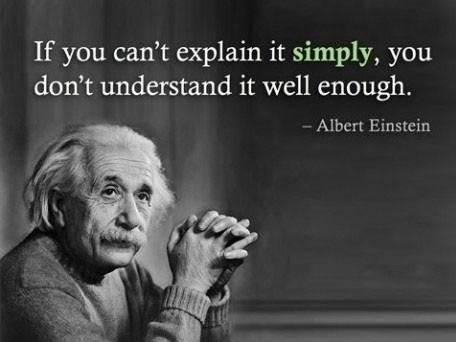
 Picture social License Some rights reserved by thinkpublic
Picture social License Some rights reserved by thinkpublic
Many a company knows that for them to be successful you need a good team leader that leads the team to the goal and the same applies in online learning environments.
We need to move away from telling our students about knowledge to teaching them how to think, collaborate, solve, share, and communicate that knowledge.
Online learning environment’s can be very difficult as you are lacking the social interaction of face-to-face discussions, you can’t see if the student is confused, or not paying attention so you have to be more active and on the ball.
Garrison, Anderson, and Archer (2000) proposed that there are three essential elements that contribute to a successful educational experience in an online environment: teaching presence, cognitive presence, and social presence – which make up the Community of Inquiry framework.
You can read more about this fantastic project in depth on their site https://coi.athabascau.ca/
But here is my simple interpretation of the elements in a 2016 online learning environment.
Teacher phase – initiating introductions, a clear timeline, learning objectives, Intended Learning Outcomes with clear assignments and due dates. Interacting by posting updates, reminders and answering threads on discussions. Helping the teams communicate together and engaging with the students. Using multimedia to present the content and Instructional scaffolding
Cognitive phase – Students have to be more independent now, they need to think about what needs to be done, how are they going to get to that goal, use their creativity to come up with ideas on how to get there, if they are lucky enough to have previous experience, they can use those in getting there, if not read, research and use that knowledge to get there.
Social phase – is where the action is because at the end of the day Social is where all the learning is. Social learning is not just about learning within a group virtual or face-to-face it also about learning from one another. At the social phase it is very important that the teacher has good leadership skills as a mentor/facilitator, that they are an E-moderator. Also included are online peer-to-peer discussions and reflective posts on an e-portfolio.
The “Techniques to engage the learner “ (a paper on what teachers have learned during 7 years of online teaching) have got together 20 key components that lead to success in the online learning environment which I won’t number up here but you can see on my sway presentation https://sway.com/UGchcm14jCTljS86
Watching an interview with Gilly Salmon, who has over 20 years experience in teaching in online courses and which I can highly recommend if you want to learn more about how to design your course for online learners, suggests to both teachers and students:
“See the online environment as another place to learn, move away from believing that teaching is about content and more towards teaching about engagement and working with others. The online environment is a social and learning environment just as much as the planned classroom or lecture theatre is – just as much as the seminar is in a physical or campus-based environment”.
So research has told us that there are certain models, frameworks and key components to use in online environments, but what they didn’t know in those days is how far Social Media would develop in being able to help in the Social Phase. The students are already used to this environment, a lot of teachers still aren’t comfortable here because it hasn’t been seen as a learning environment before. So lets take the media out of Social and make it ours Social learning.
References
- Garrison, D. Randy, Terry Anderson, and Walter Archer. “Critical thinking, cognitive presence, and computer conferencing in distance education.”American Journal of distance education 15.1 (2001): 7-23.
- Misanchuk, M., & Anderson, T. (2001, April). Building community in an online learning environment: Communication, cooperation and collaboration. Paper presented at the Middle Tennessee State University Instructional Technology Conference, Murfreesboro, TN.
- Junk, Virginia, Nancy Deringer, and William Junk. “Techniques to engage the online learner.” Research in higher education journal10 (2011): 1.
- Gilly Slamon’s course E-moderator
- http://elearningindustry.com/instructional-designers-understanding-social-learning-matters
- Interview with Gilly Salmon http://moocnewsandreviews.com/scaffolding-for-online-learning-interview-with-gilly-salmon-author-of-e-tivities/#ixzz46ACOavew







 f organisations and private learning institutions are beginning to see the benefits of a blended learning approach. Gradually, the union between face-to-face instruction and technology-based learning is producing new and creative ways to enrich the
f organisations and private learning institutions are beginning to see the benefits of a blended learning approach. Gradually, the union between face-to-face instruction and technology-based learning is producing new and creative ways to enrich the